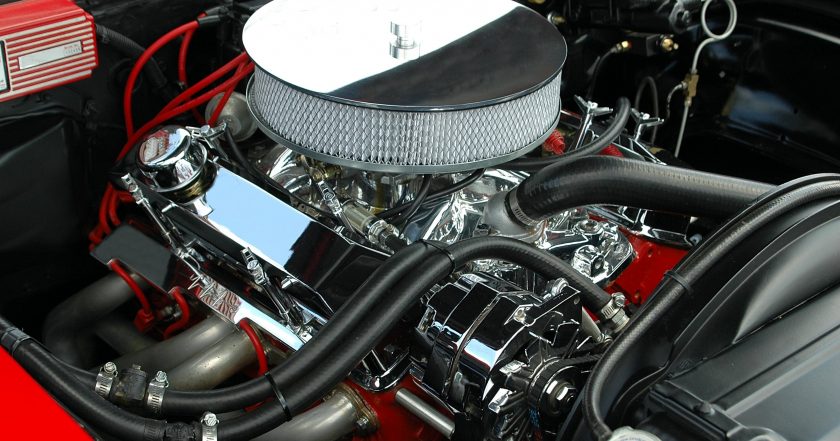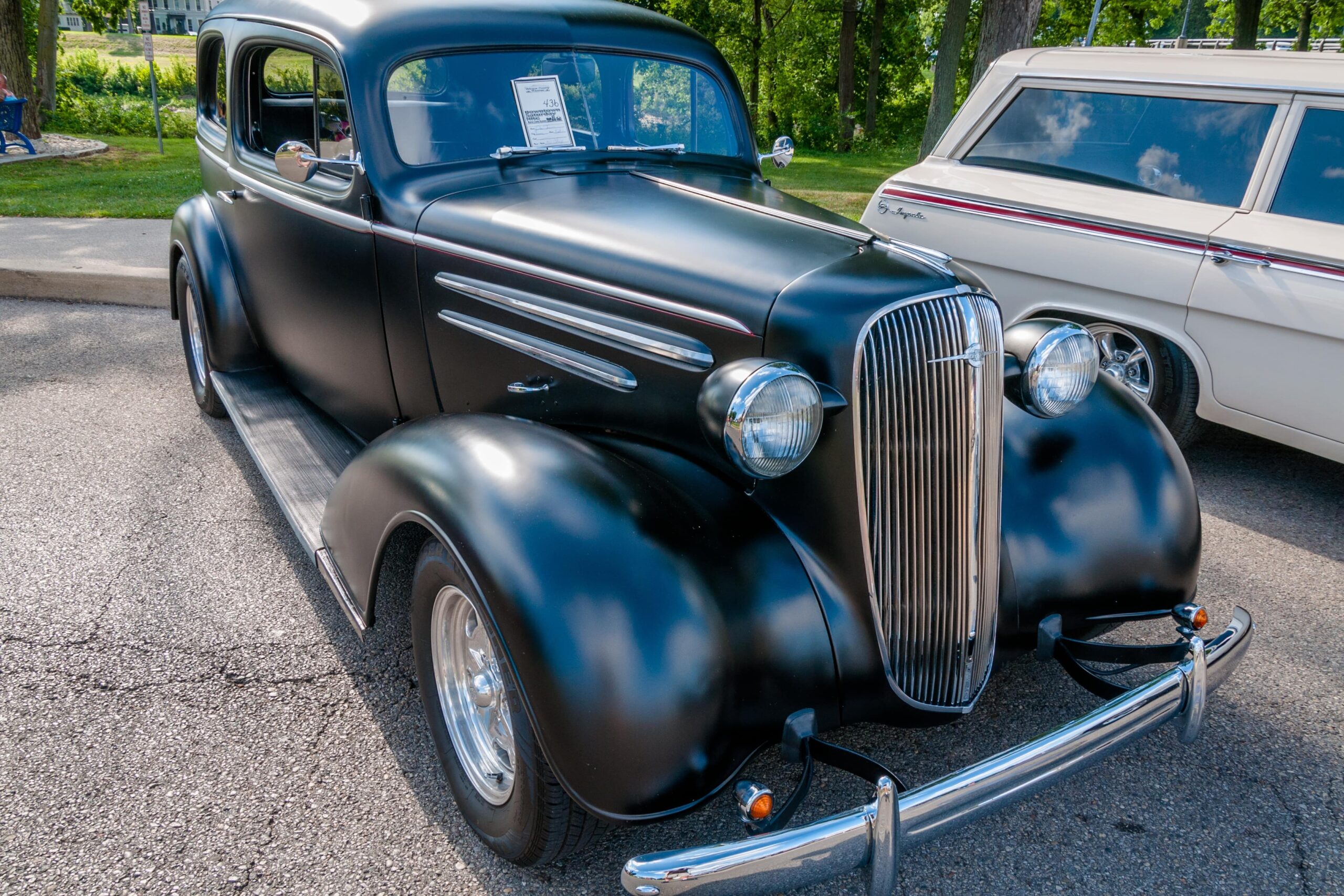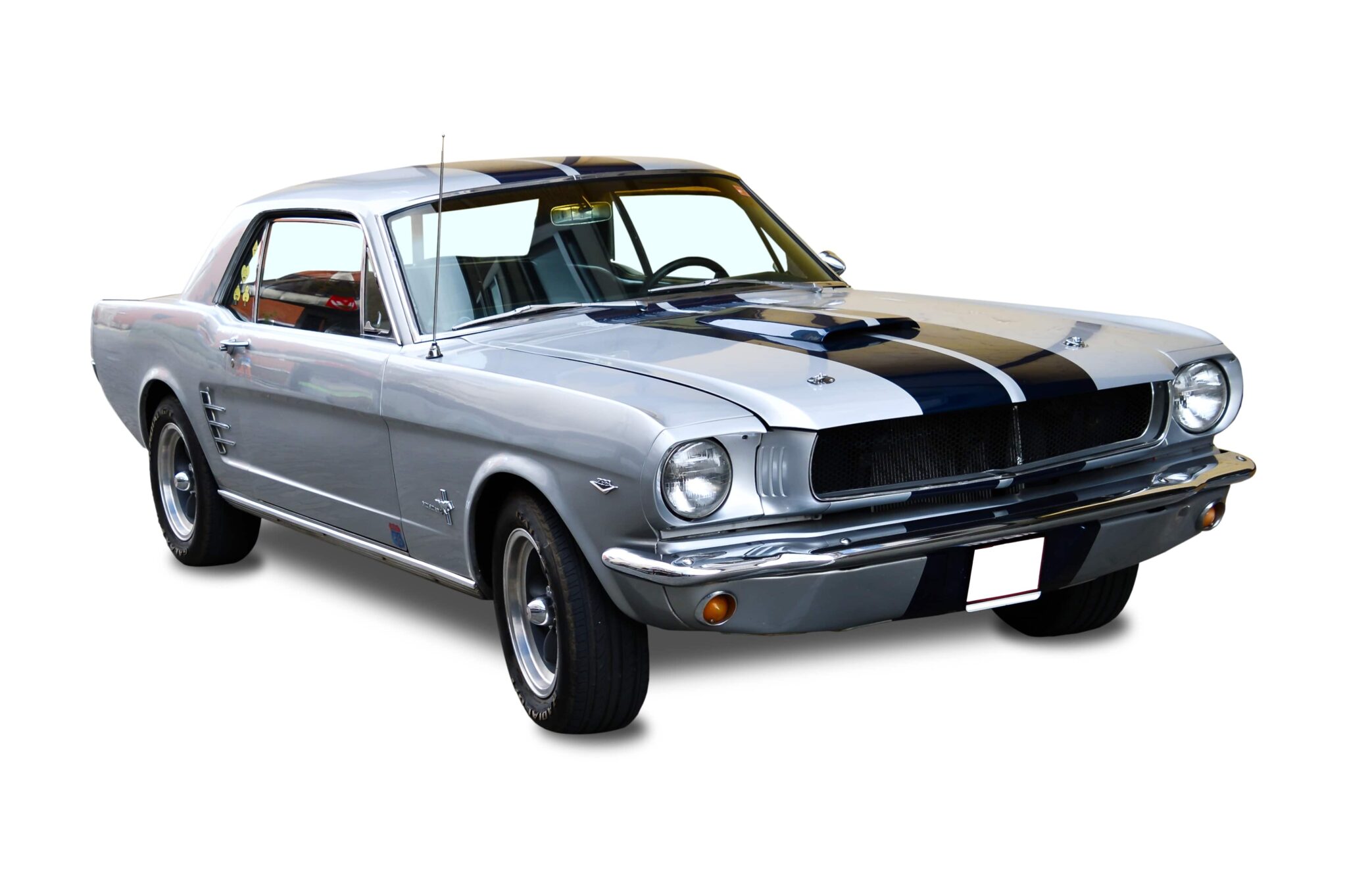When the sun is heating up like a frying pan, it’s time for a vacation road trip. It can seem surprising, but the intense season may present difficulties in car maintenance. Stranding with a broken-down car in a remote location and waiting for a tow truck is the last thing you want to happen during your trip. Thus, before you hit the road in hot weather, run through your car maintenance checklist and make sure your vehicle is working at top-notch. We have made up a list of car care tips that may help you get your vehicle ready for your trip. Let’s check them out!
Keep The Car Engine Cool!
Engine coolant is what prevents your car’s engine from overheating. Coolant is a chemical substance, also referred to as antifreeze, that regulates the engine’s operating temperature and prevents it from overheating. If the engine coolant level in the reservoir is below or near the minimum mark, there is a considerable risk of engine overheating and warping the cylinder heads. In addition, be informed that a low level of engine coolant may be due to a coolant leak. Thus, to avoid challenges related to engine overheating, drive to maintenance service and pass a complete vehicle inspection.
Keep Tires Properly Inflated!
Many people are careless about the condition of tires when driving long trips; however, it may cause serious problems, especially in the summertime. For instance, going with underinflated tires may cause a quick overheat and blowout, resulting in early breakdown or loss of control. Therefore, we strongly advise checking the pressure in tires regularly to follow up on a manufacturer’s recommendation. To have the exact PSI for your tires, please peruse the owner’s manual.
Additionally, check your tires for uneven or excessive wear, as worn-out tires may not only make your road trip annoying but also reduce the grip on the road and lead to hydroplaning or skidding.
Five Fluids to Check
Aside from engine coolant, there are four more fluids (serving as lubricants) that you need to check periodically. Here are the most common car fluids: engine oil, power steering fluid, brake fluid, and windshield washer fluid. Please be informed that car fluids change intervals may depend on various factors, such as car model, engine type, etc. For example, many offer to change the vehicle’s brake fluid every 20,000 miles. However, don’t hurry to follow up “armchair” experts’ recommendations and firstly, check out your car owner’s manual.
Test The Car Battery
You may have heard that cold reduces the life expectancy of a car battery; meanwhile, the summer heat can do pretty much the same thing. Hot temperatures can make the battery swell as the heat activates the acids inside and causes the battery to lose its charge. So occasionally test your car battery at the nearest service center to ensure that your car engine won’t refuse to start during the intense season.
Tire Alignment
At first sight, the car wheels look as if they are perfectly straight and vertical. However, to improve the vehicle performance, car manufacturers determine some specific angles to the car wheels. If your car pulls to one side, or the wheel vibrates when driving straight, your car needs a wheel alignment. Misaligned wheels may reduce the lifespan of your tires, make you spend more money on gas and finally guarantee you an unpleasant road trip.
Bounce Tips
We all know that parking a car in the sun will result in a burning steering wheel in the end. So how to avoid burning your fingers if no parking space is available in the shade. Once you park your car, roll the steering wheel 180 degrees, and you will get a cool-to-touch top when you are back.
You don’t just need to warm up the car engine in the winter; it’s mandatory for summer as well. When you start the car engine, it takes time to get hot enough. Thus, starting the engine and driving off doesn’t allow oil to reach all motor parts. So warm up your car for at least thirty seconds before you take off.
To protect your car paint from hot temperatures and add some extra protection, you can cover your vehicle with a polish coating at the beginning of summer. You may even make the coating on your own at home using soup, beeswax, and jojoba oil.










